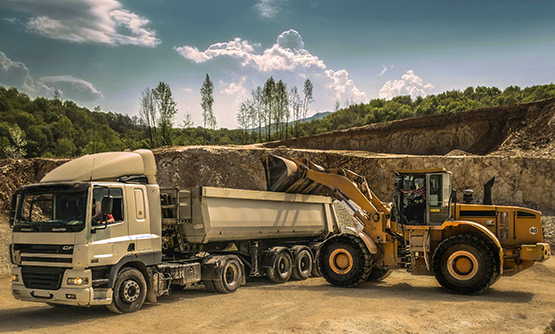Gone are the days when auto buyers purely considered conveyance as the essential work of an automobile.
With lifestyles and purchasing power increasing across the world, people now want their
'transportation' to reflect who they are, at that point in their life. What was considered as a
luxury just a few decades ago are now essentials and buyers expect the manufacturers to put in that extra
effort to ensure the basics are covered.
One of the important facet of this 'essential luxury' in auto experience is a smooth, quiet
ride. Sample this, around 280 million vehicles were recalled by various automakers in 2017 alone.
A smoother ride - Suppressing auto cabin noise levels through design

One of
the primary reasons for these recalls were cabin noise levels which contributed to about 37% of it. One
particular auto manufacturer, headquartered in Japan, faced severe customer fallout due to the increasing
decibel level in the vehicle cabin. Their primary focus after the incident was to effectively make design
changes to the vehicle without affecting the time to market. And this is where superior engineering design
know-how comes into the fray.
Sound and noise will be subjective to how you experience it. Cabin noise level is measured in terms of
decibels (dB). There are a number of factors that you need to take into consideration before one reduces
the noise levels for optimum driving experience. On one hand, you need to check the aerodynamic causes
like wind noise from aerodynamic components, cavity noise, boundary layer noise fan noise and internal
noise. And on the other hand, all the major parts of the automobile, like transmission, exhaust, brakes,
planetary gear sets, chain drives, cowl top vent panel, powertrain, engine mounts, transmission mount,
rear axle elastic parts, and front axle elastic parts, should be thoroughly assessed before embarking on
the re-engineering project.
The ultimate aim though, is to reduce cabin noise levels by providing minimal design changes to the
structure of the vehicle. Any change which is made to the design structure will directly impact the time
to market the production line of the vehicle, hence, a considerable amount of expertise is needed to do
this effectively and efficiently.
Download this case study to know how AXISCADES' NVH team reduced the cabin noise levels for an OEM.













